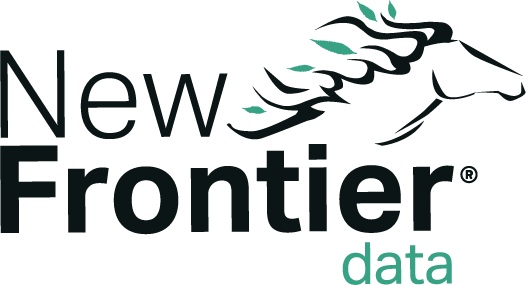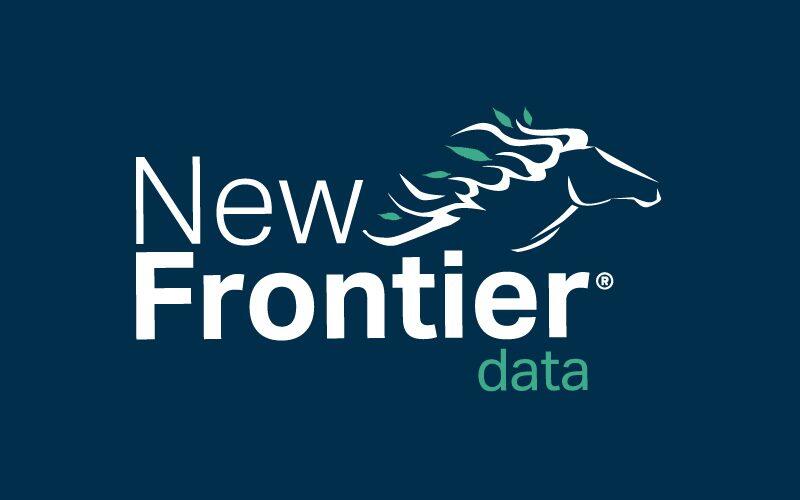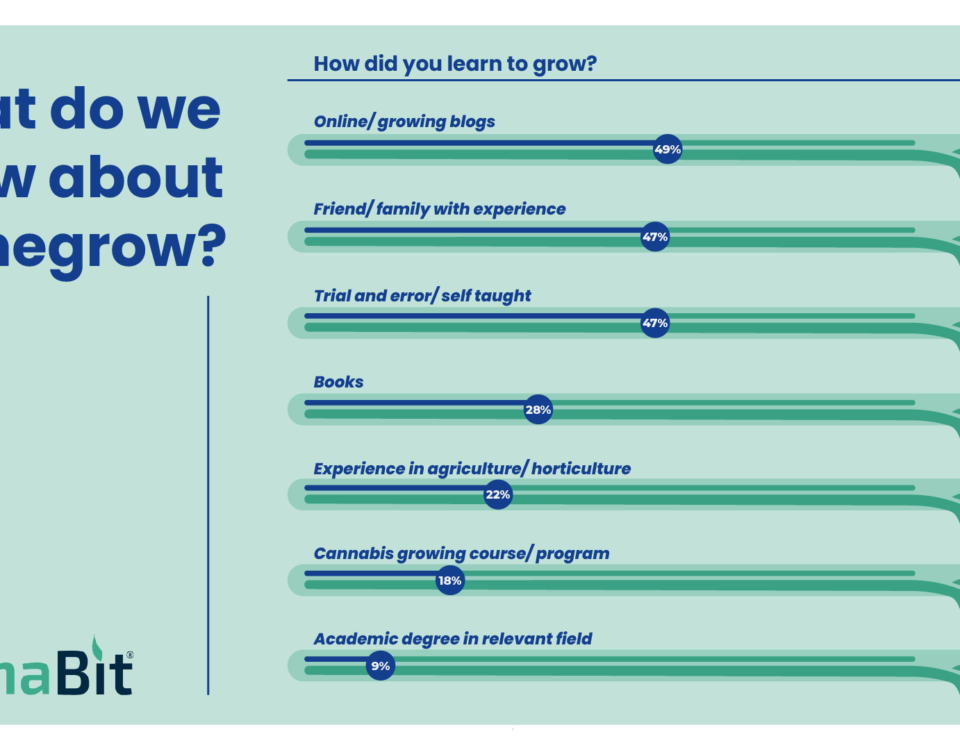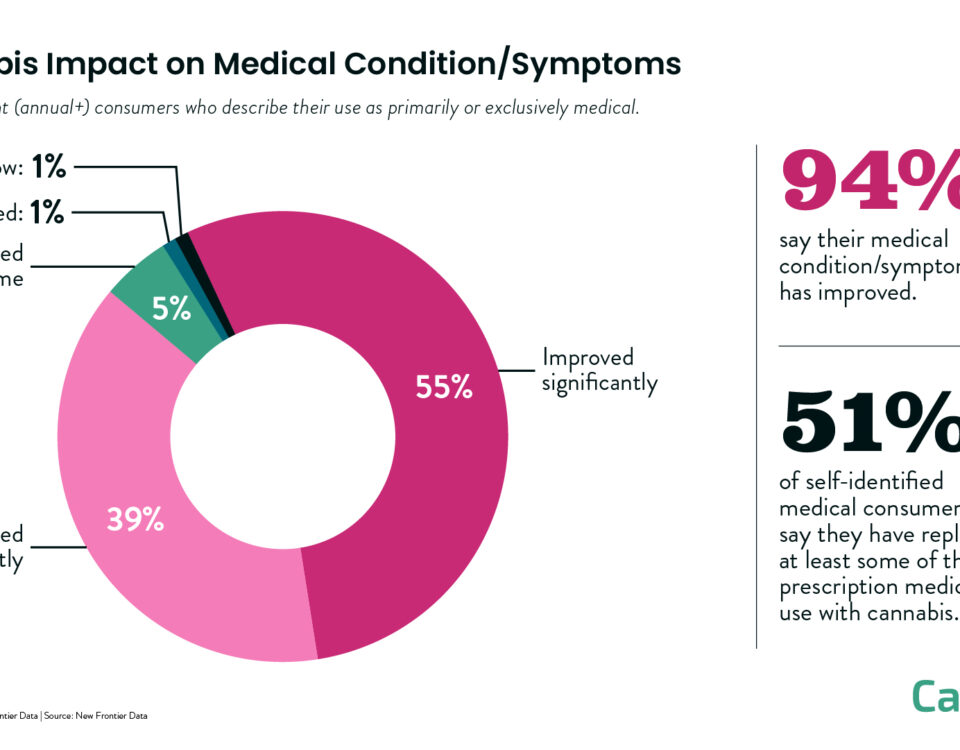Cannabis-Infused Products Markets Poised to Reward Sector-Specific Strategies
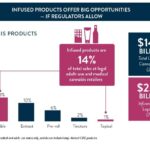
Infused Products Offer Big Opportunities – If Regulators Allow
September 20, 2020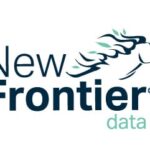
Over $9B in New Revenue Projected from Five States with Cannabis Ballot Initiatives
September 23, 2020By John Kagia, Chief Knowledge Officer, New Frontier Data
Demand for cannabis-infused products is experiencing explosive growth, fueled by surging consumer interest and technological advancements which present boundless opportunity for new product innovation. In the THC market, infused products (including edibles and topicals) in 2019 accounted for 14% of sales, generating over $2 billion in retail sales. Between 2020 and 2025, the category will generate an estimated $21.5 billion.
Amidst the surging opportunity, entrepreneurs and innovators are rushing to explore how best to capitalize and compete. While the path to building a cannabinoid-infused product bears many similarities to developing other ingestible consumer packaged goods (CPG), there are many factors to consider. The psychoactive and wellness effects of the cannabinoids, various and evolving regulatory and regional dynamics, and restrictions placed on advertising are just some of the unique considerations to address when developing infused products. However, companies must also carefully consider the profile of the target consumer and their intended use case, the impacts of packaging on the product’s consumption experience and shelf life, and the best-suited distribution channels as consumers increasingly transition from in-store to online purchasing.
In New Frontier Data’s latest report, Cannabis-Infused Products: Navigating Complexities to Market, are explored some of the key issues which product manufacturers must reconcile as they take an infused product from concept to their end consumers.
The report explores key considerations about the product development roadmap, including:
- Ways in which cannabinoid regulations influence regional, national, and international infused-product opportunities: For CBD- and THC-based products, as both U.S. and European regulators deliberate the respective policies to govern their sectors, their decisions throughout the next 24 months will shape the market for years to come.
- The importance of intimately understanding one’s target customer in building the concept: As the market matures, companies which pursue a one-size-fits-all approach will be disadvantaged to compete against products positioned with an expansive understanding of who their ideal customer is, and how best to engage them.
- Defining the product’s use case is central to building an effective formulation strategy: Products aimed at athletes in the middle of training will require an entirely different strategy than for those aimed at consumers seeking social experiences with a substitute for alcohol. A well-defined use case ensures a formulation strategy that is fully aligned with the consumer’s desired experience.
- How distribution strategies and shelf-life expectations should inform packaging decisions: That critically includes how the choice of packaging can impact the shelf stability of the product, and ultimately the consumer experience.
- Navigating applicable restrictions on marketing and advertising cannabis-based products: That includes ways by which to leverage personal connections and social networks to build shares for minds and wallets.
- The imperative of continued innovation as technological advancements present opportunities for product innovation: Evolving consumer preferences present new opportunities both for product development and enhanced consumer experiences.
Legalization is fueling cannabinoid market opportunities globally, and within the growing market current demand suggests that infused products are poised for strong sustained growth. If the regulations developed over the next 12-24 months permit open, innovative, and competitive markets, companies which build focused, strategically targeted product plans based on deep understanding of their target customers and clearly defined path-to-market plans will be best positioned to capitalize on the dynamic sector’s future growth.
